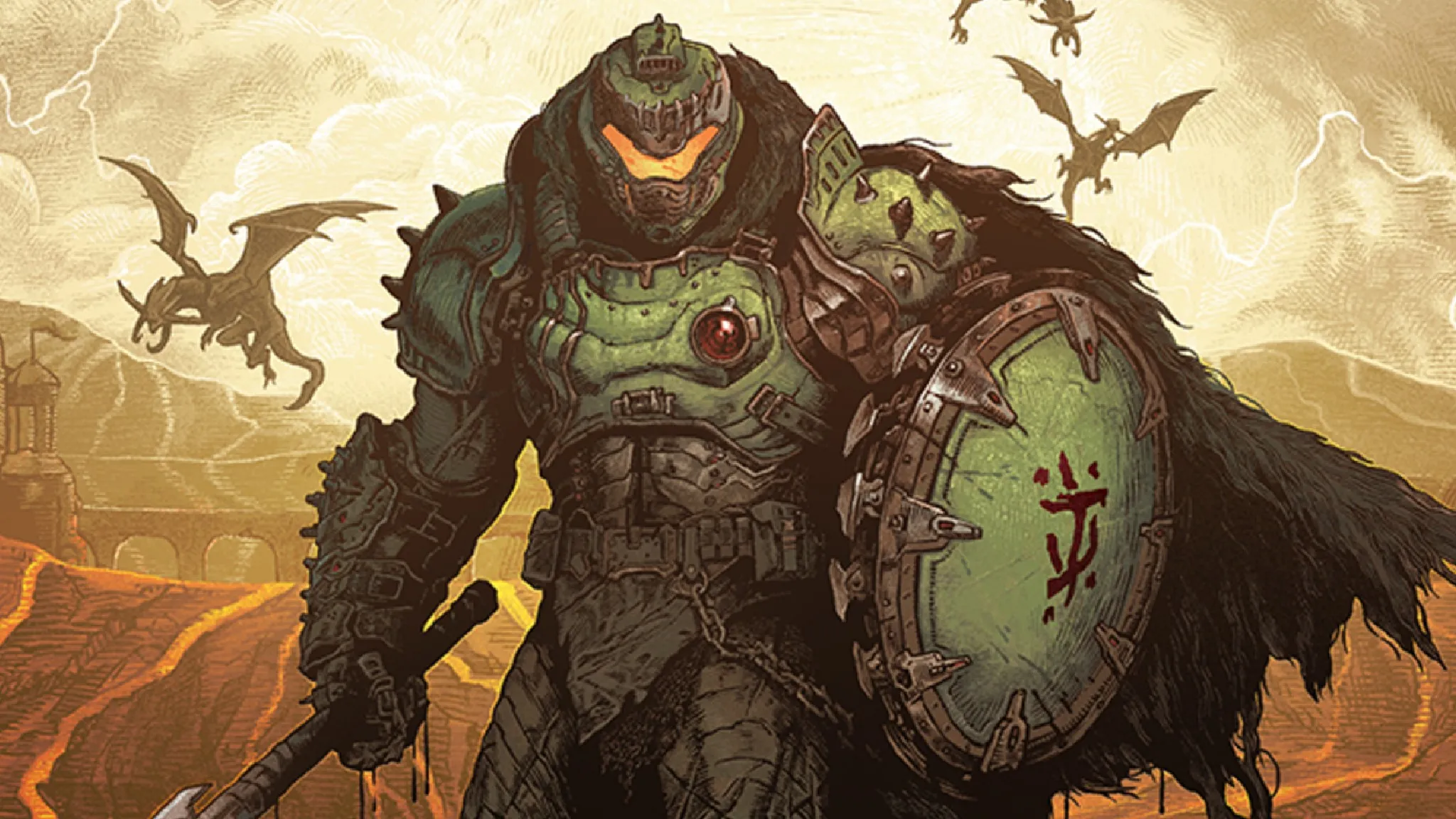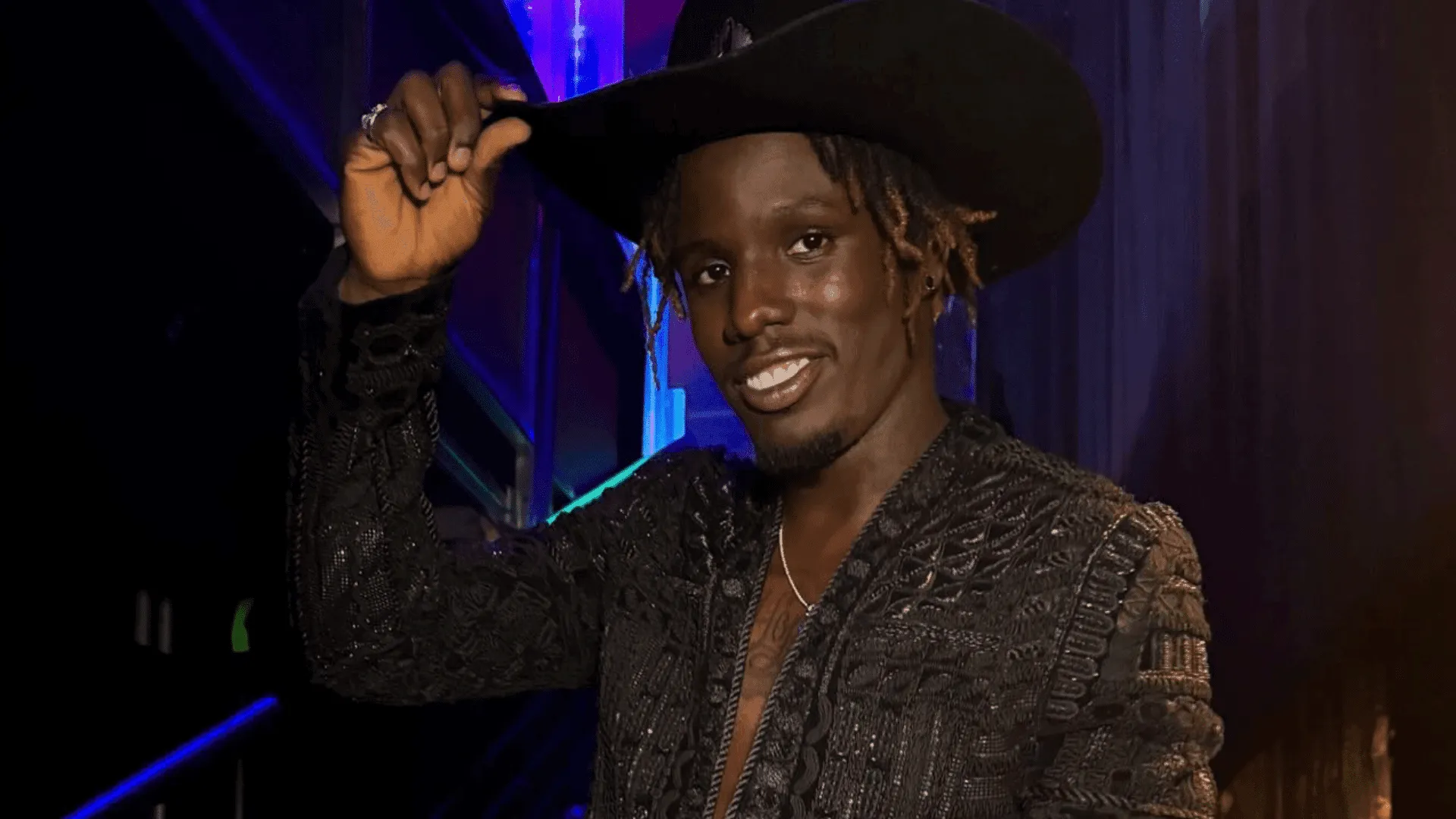Napster’s Comeback: Is the Music Revolution Finally Here Again?
In a surprising turn of events, Napster, the once-revolutionary music platform, is making a comeback. Recently, Infinite Reality acquired Napster for an impressive $207 million, with plans to launch a new social and interactive music platform. This revival comes at a time when the music industry is ripe for innovation, and many are left wondering if Napster can reclaim its former glory in a vastly changed digital landscape.
Napster first emerged in 1999 as a pioneering file-sharing service, allowing users to share and download music for free. It quickly gained popularity, particularly among millennials, who remember its impact during the late 1990s and early 2000s. However, the original Napster faced significant legal challenges from record companies, which ultimately led to its shutdown in 2001. Despite these challenges, the brand has remained in the public consciousness as a symbol of the early internet era.
The announcement of Napster’s revival has sparked a wave of nostalgia among those who remember its initial impact. Many millennials recall the excitement of discovering new music and connecting with others through the platform. The new iteration of Napster aims to integrate modern technology, potentially incorporating features related to the metaverse and social interaction, which are increasingly important in today’s digital-first environment.
As the music industry explores new revenue models, the revival of Napster comes at a crucial time. There is a growing interest in decentralized music platforms, and analysts suggest that Napster could position itself as a leader in this emerging market. By leveraging its historical significance and modern technological advancements, Napster could redefine how music is consumed and distributed.
One of the most intriguing aspects of this comeback is Infinite Reality’s vision for Napster. The company plans to create virtual concert experiences, similar to those held in platforms like Fortnite. This innovative approach could attract younger audiences who are increasingly engaged in immersive digital experiences. “We just don’t see anybody in the streaming space creating spaces for music,” said Infinite Reality’s CEO, John Acunto. “I think there’s no better name than Napster to disrupt.”
Despite its controversial past, Napster has maintained a loyal user base that appreciates its music library and service. The revival could also lead to partnerships with brands looking to connect with younger audiences through music and gaming. This transformation reflects broader trends in the entertainment industry, where community engagement and immersive experiences are becoming paramount.
However, the comeback raises important questions about copyright, artist compensation, and the future of music distribution in a digital age. As Napster reinvents itself, it will need to navigate these challenges carefully to ensure that artists are fairly compensated for their work. The balance between providing accessible music and respecting copyright laws will be critical in shaping the platform’s future.
Analysts speculate that Napster’s return could influence other music services, potentially reshaping the competitive landscape of streaming platforms. With its rich history and a fresh approach, Napster could inspire a new wave of innovation in the industry. The cultural significance of Napster as a symbol of the early internet era continues to resonate, making its revival a noteworthy event in music history.
In conclusion, Napster’s comeback is more than just a nostalgic return; it represents a potential music revolution in the digital age. As Infinite Reality prepares to launch this new platform, the music world watches with anticipation. Will Napster successfully navigate the complexities of today’s music industry and reclaim its place as a leader in music consumption? Only time will tell, but the excitement surrounding its revival suggests that the music revolution may indeed be here again.






Leave a Comment